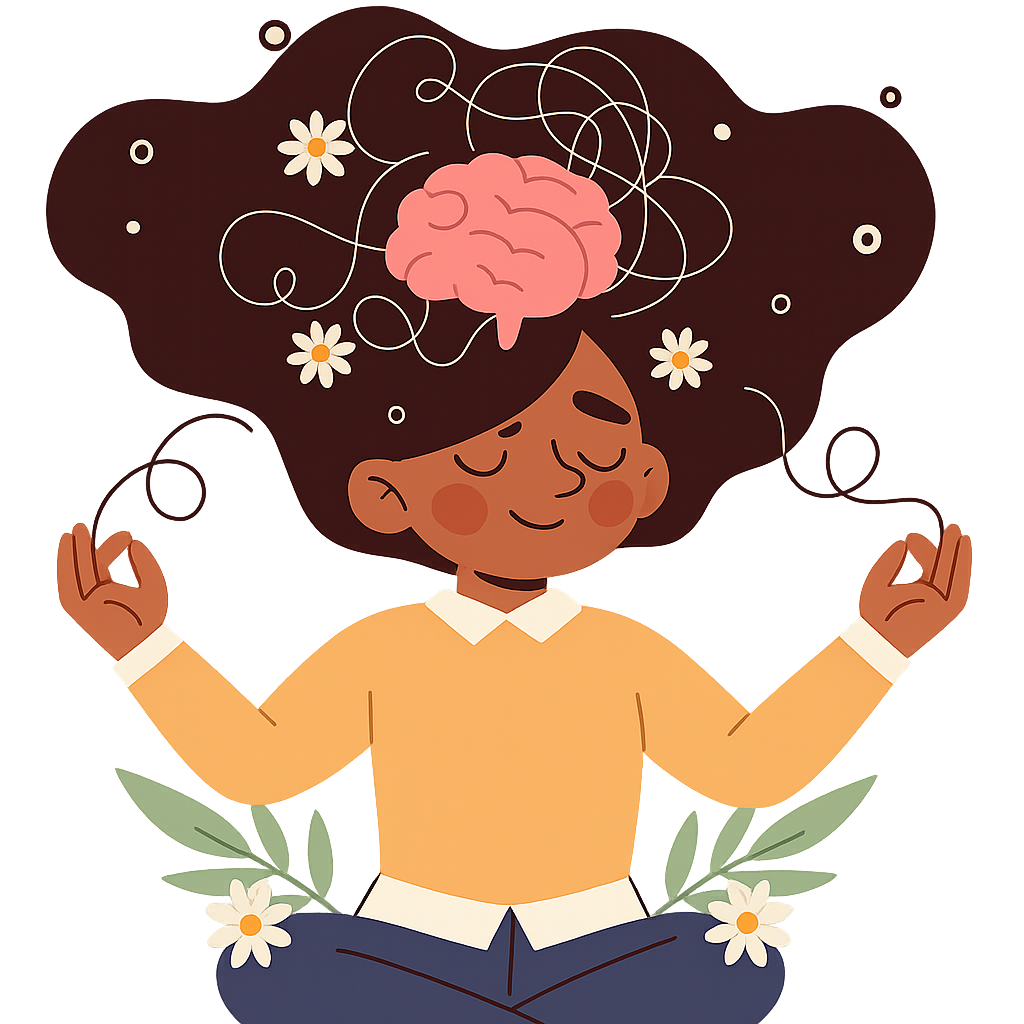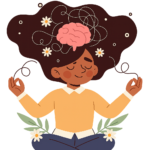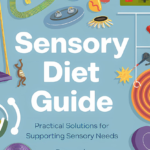In classrooms and homes around the world, more educators and families are beginning to recognize the unique needs of students who are both Autistic and have ADHD — a dual neurodivergence often referred to as AuDHD. These incredible learners possess rich inner worlds, creative strengths, and unique ways of processing the world around them. But they also face challenges that can often be misunderstood or overlooked in traditional learning environments.
So how can we provide meaningful support that empowers these students rather than limiting them?
Let’s explore.
Understanding the AuDHD Profile
AuDHD isn’t a diagnosis you’ll find in the DSM — it’s a term used by many in the neurodivergent community to describe the co-occurrence of Autism and ADHD. While each condition has its own characteristics, their combination creates a layered profile:
- Sensory processing differences (heightened sensitivity or sensory seeking)
- Executive functioning difficulties (with focus, transitions, planning)
- Social communication differences
- Emotional intensity and regulation challenges
- An incredible capacity for deep focus or creativity in areas of interest
Because of this blend, traditional support strategies for either Autism or ADHD alone may fall short. What works for one aspect may overwhelm or miss another.
The Importance of Individualized Support
It’s essential to move beyond one-size-fits-all approaches. For AuDHD students, flexibility, compassion, and collaboration are key.
Some core strategies include:
- Creating sensory-friendly environments
Whether it’s a calm corner, noise-canceling headphones, or visual schedules, small accommodations can reduce overwhelm and help students feel safe. - Providing movement and regulation breaks
These students may need more frequent, structured breaks to regulate their energy and emotions. - Using clear, respectful communication
Many AuDHD kids benefit from visual supports, direct instructions, and time to process. Avoid vague directions or rushing them. - Honoring passions and special interests
Leaning into what excites them can unlock motivation, connection, and even social development. - Planning for transitions
Transitions are often hard. Give warnings, use timers, or incorporate fun rituals to help ease the shift between activities.
Building a Culture of Understanding
For teachers and caregivers, the goal isn’t to “fix” behavior — it’s to understand the why behind it. Meltdowns, shutdowns, or impulsive moments are not defiance. They are signals. A call for support, not punishment.
When we approach students through a neurodiversity-affirming lens, we shift from control to connection. We start asking:
- What’s this child trying to communicate?
- How can we adapt the environment instead of the student?
- What strengths can we amplify?
Tools That Make a Difference
Creating inclusive classrooms and homes doesn’t mean doing it all alone. That’s why having ready-to-use, research-backed resources is so important — especially ones designed with both Autism and ADHD in mind.
While exploring these ideas, educators and families may find it helpful to have structured guidance. That’s why resources like the AuDHD Strategies & Support Guide exist — to bridge understanding and provide practical strategies for real-life situations.
Whether you’re looking for calming tools, communication supports, or sensory-friendly classroom ideas, having a dedicated toolkit on hand can make all the difference.
A Final Thought
Supporting AuDHD students isn’t about following a script. It’s about listening, learning, and building trust — day by day. When we meet these children with empathy, curiosity, and the right strategies, we don’t just help them succeed.
We help them thrive.
If you’re a teacher, therapist, or parent looking for more practical ideas to support your AuDHD learners, you’re not alone. There are tools, communities, and guides built just for you.
Because every student deserves to be seen, understood, and supported — just as they are.







Leave a Comment